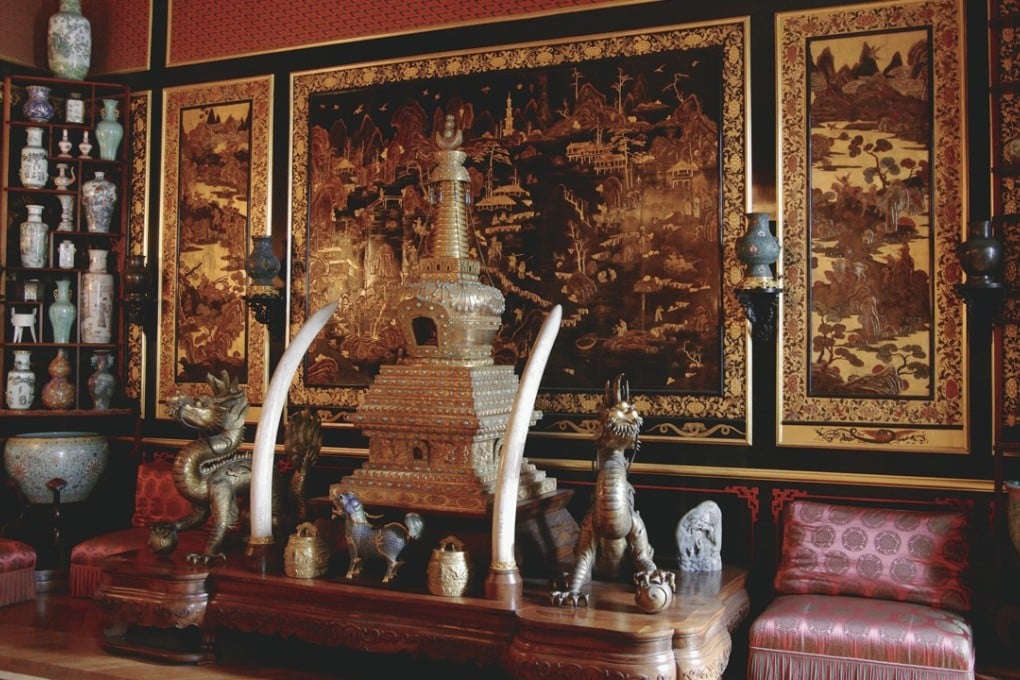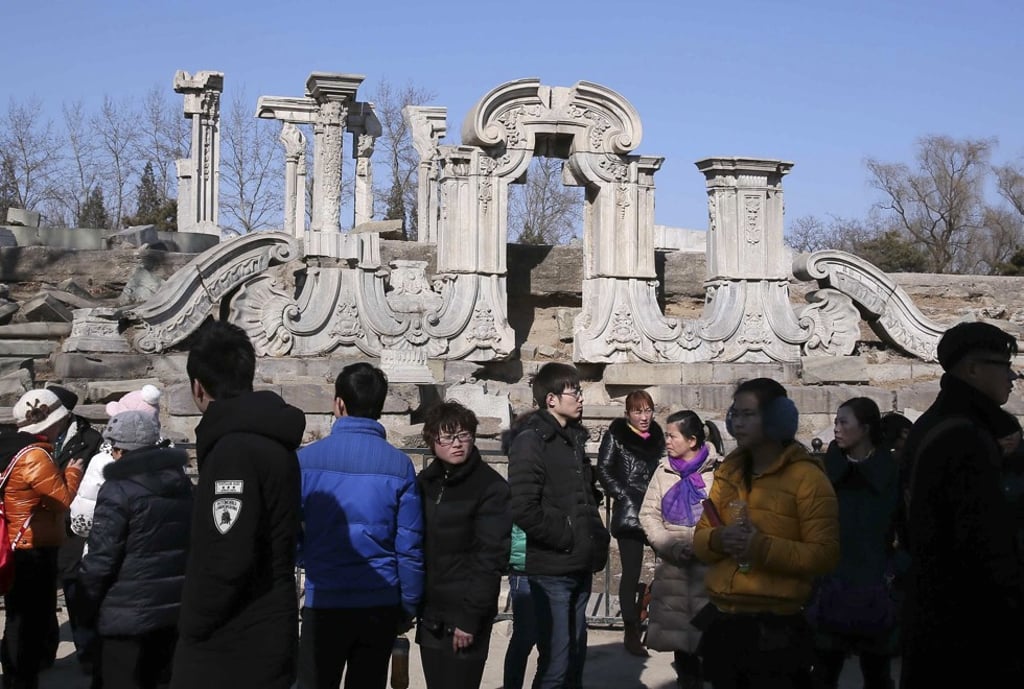China’s ‘stolen’ cultural relics: why the numbers just don’t add up
Every year, around the anniversary of the sacking of Beijing’s Summer Palace in 1860, come fresh calls for the return of ‘stolen’ antiquities. A Post Magazine investigation reveals China’s claims are often inaccurate, even grossly inflated

More than 150 years after British and French troops sacked and razed the Summer Palace, in Beijing, the incident is regularly revisited in the Chinese press. Articles usually appear around the October anniversary of the destruction, after yet another announcement of plans to catalogue looted antiquities now overseas, or when Summer Palace items appear at foreign auction houses.
As well as their incomplete and inaccurate descriptions of the palace and its destruction, these stories often contain transparently false accusations against foreign institutions holding collections of Chinese treasures, as well as unsustainable claims of a legal right to them and demands for their uncompensated return.
Even the most outrageously distorted claims often go unrefuted by timid governments and cultural institutions, perhaps for fear of complicating more important diplomatic negotiations or voiding loan arrangements and cultural exchanges.
Museum public relations departments keep curators away from the press and mention of the Summer Palace is omitted from catalogue and cabinet label alike. Requests for a response to the Chinese campaign for repatriation of just about anything Chinese, with its insinuation that even legally purchased items are loot, are answered slowly, if at all.
As a result, it’s easy to conclude that museums, particularly those in the English-speaking world, must indeed have a lot to hide, although just how much is hidden away is itself the subject of considerable distortion. The French are more outspoken about both their possessions and their plans to retain them, yet receive less criticism.
